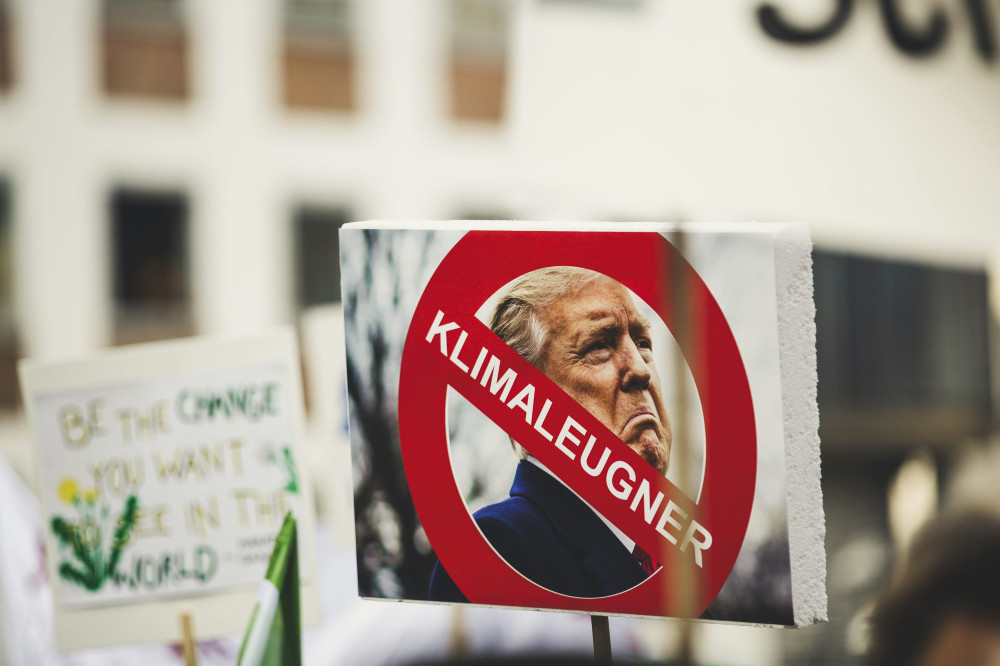
How Much Does NYPD Traffic Make
Understanding NYPD Traffic Enforcement
The New York City Police Department (NYPD) is one of the largest and most recognizable law enforcement agencies in the United States. Among its various divisions, the Traffic Division plays a critical role in maintaining road safety and enforcing traffic laws. This division is responsible for managing traffic flow, investigating accidents, and apprehending violators of traffic regulations. However, a question that often arises is: how much does the NYPD Traffic make in terms of revenue and financial implications for the city?
Revenue Generation Through Traffic Fines
One of the primary ways that the NYPD Traffic Division generates revenue is through the issuance of traffic tickets. These fines are levied for various violations, including speeding, running red lights, illegal parking, and other infractions. In New York City, the fines for traffic violations can vary significantly, depending on the severity of the offense. For instance, a speeding ticket may cost anywhere from $45 to several hundred dollars, while parking violations can range from $35 to over $200.
In recent years, the city has seen substantial revenue from traffic fines. According to reports from the city's financial office, millions of dollars are collected annually from traffic violations. In fiscal year 2020, for example, the city collected approximately $300 million from traffic-related fines and fees. This figure can fluctuate based on enforcement policies, changes in traffic regulations, and the overall level of compliance among drivers.
The Financial Impact of Traffic Enforcement
The revenue generated from traffic fines is significant for New York City’s budget. These funds contribute to various city services, including public safety, infrastructure maintenance, and community programs. However, the reliance on traffic fines has also led to discussions about fairness and equity in law enforcement. Critics argue that heavy enforcement can disproportionately affect low-income individuals who may struggle to pay these fines.
Moreover, the NYPD's traffic enforcement strategies can impact the public's perception of policing. Some community members may view aggressive ticketing as a means of revenue generation rather than a genuine effort to enhance safety. This perception can lead to tensions between the police and local communities, prompting calls for reform in how traffic laws are enforced.
Cost of Running the Traffic Division
While the NYPD Traffic Division generates revenue through fines, it is essential to consider the costs associated with operating this division. The expenses include salaries for officers, maintenance of vehicles, equipment, and training programs. The NYPD's overall budget is substantial, with billions allocated for various operations across the department.
In 2021, the NYPD’s budget was approximately $5.6 billion, with a portion dedicated to traffic enforcement. The cost of each traffic officer, including salary, benefits, and operational costs, can be significant. For example, an entry-level police officer in New York City may earn around $42,000 annually, but this amount increases with experience and rank. As such, the city must balance the revenue generated from traffic fines with the expenditures required to maintain an effective traffic enforcement division.
Technological Advancements in Traffic Enforcement
Technological advancements have also played a role in how the NYPD Traffic Division operates and generates revenue. The use of automated systems for monitoring traffic violations has become increasingly common. Red light cameras and speed cameras are examples of technology that can issue citations without the direct intervention of an officer.
These systems have the potential to increase revenue from traffic enforcement significantly. For instance, a red light camera can issue numerous tickets a day, depending on the intersection's traffic volume. In 2020, New York City collected over $100 million from its red light camera program alone. However, these technologies have also sparked debates over their effectiveness and fairness, as some argue they may prioritize revenue generation over public safety.
The Role of Community Engagement
Community engagement is crucial in shaping traffic enforcement policies and practices. The NYPD has made efforts to involve the public in discussions about traffic safety, often holding meetings and forums to gather input from residents. These engagements can help the NYPD understand community concerns and adjust their approach to traffic enforcement accordingly.
Moreover, community feedback can influence the allocation of resources within the Traffic Division. For example, if residents express concerns about speeding in a particular neighborhood, the NYPD may increase patrols in that area or implement traffic calming measures. This kind of proactive approach can enhance public trust and cooperation while also addressing safety issues effectively.
Comparative Analysis with Other Cities
To understand how much the NYPD Traffic makes in terms of revenue, it can be helpful to compare it with traffic enforcement agencies in other major cities. Many urban areas rely on traffic fines as a significant source of revenue, but the amounts can vary widely based on local laws, enforcement strategies, and public compliance.
For instance, cities like Los Angeles, Chicago, and San Francisco also generate substantial income from traffic violations. In Los Angeles, the city collected nearly $200 million from parking and traffic fines in a recent fiscal year. Meanwhile, Chicago's traffic enforcement program has brought in around $100 million annually. This comparison illustrates that while New York City has one of the highest traffic fine revenues in the nation, it is a common practice among urban centers to rely on these funds to support their budgets.
Challenges Faced by the NYPD Traffic Division
Despite the revenue generated, the NYPD Traffic Division faces multiple challenges in its enforcement efforts. One significant issue is the need to balance enforcement with public safety. The goal of traffic enforcement is not merely to issue fines but to deter dangerous driving behaviors and reduce accidents. Therefore, strategies must be carefully crafted to ensure that they promote safety rather than solely focusing on revenue.
Additionally, the NYPD must navigate the complexities of urban traffic, including congestion, pedestrian safety, and the growing use of bicycles and scooters. These dynamics require a flexible and adaptive approach to traffic enforcement. Officers must be trained not only in traditional law enforcement techniques but also in community relations and traffic management strategies that prioritize the safety of all road users.
Future Directions for Traffic Enforcement
Looking ahead, the NYPD Traffic Division is likely to continue evolving in response to emerging trends in transportation and community needs. As the city moves toward more sustainable transportation solutions, such as electric vehicles and improved public transit, the role of traffic enforcement may change. For example, initiatives aimed at reducing carbon emissions and promoting eco-friendly transportation could influence how traffic laws are enforced.
Moreover, the ongoing integration of technology in traffic enforcement will likely expand. The NYPD may explore new innovations, such as artificial intelligence and data analytics, to enhance their operations. These advancements could help identify high-risk areas for accidents, optimize patrol routes, and improve the overall efficiency of traffic enforcement efforts.
In summary, the NYPD Traffic Division plays a vital role in ensuring road safety and enforcing traffic laws in New York City. The revenue generated from traffic fines is significant, contributing millions of dollars to the city's budget. However, this reliance on fines also raises important questions about equity, fairness, and the overall goals of traffic enforcement.
As the NYPD continues to navigate the challenges of urban traffic, community engagement and technological advancements will be essential in shaping the future of traffic enforcement. Balancing revenue generation with public safety will remain a critical focus as the city evolves in response to changing transportation trends and community needs.


